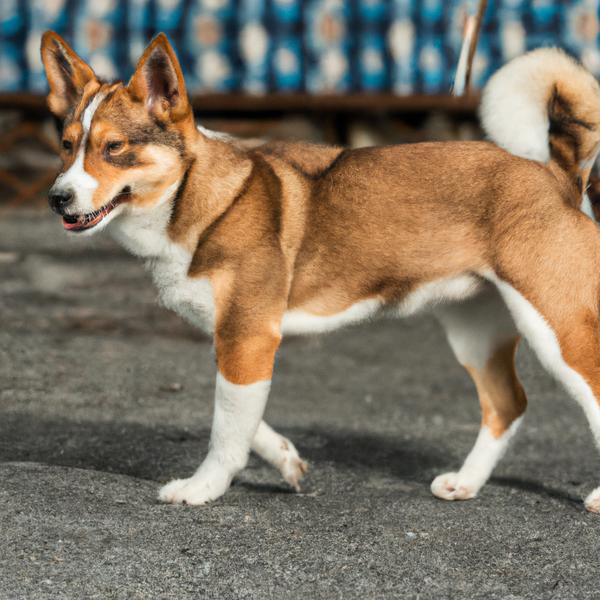Norwegian Lundehund vs. Eskifon: Breed Differences and Similarities
Hypoallergenic
Are Norwegian Lundehunds or Eskifons hypoallergenic, or neither?
Unfortunately, neither Norwegian Lundehund nor Eskifon are hypoallergenic, which may not make them the best choice for dog lovers who suffer from pet allergies.
Temperament
What are the personalities of Norwegian Lundehund and Eskifon dogs?
Alert
Loyal
Energetic
Protective
Independent
Energetic
Protective
Alert
Sensitive
Intelligent
Friendly
Inquisitive
Selfish
Watchful
Companionable
Shedding Level
Do Norwegian Lundehunds shed more than Eskifons, or which breed sheds more, Norwegian Lundehunds or Eskifons?
Norwegian Lundehund or Eskifon dogs are not heavy shedders, but they will lose a significant amount of hair each year. To decrease the amount of shedding, you can regularly brush your Norwegian Lundehund or Eskifon. This will remove loose hair and keep their coat growing in the same direction.
Watchdog Ability
Which dog breed makes a better watchdog, the Norwegian Lundehund or Eskifon?
Norwegian Lundehunds make excellent watchdogs - they're vocal and protective of their territory.
Eskifons aren't great guard dogs; they tend to just watch without taking action.
Origin
What is the origin of Norwegian Lundehund and Eskifon dog breeds?
Norway
United States
Ancestry
What are the origins of Norwegian Lundehund and Eskifon breeds?
Spitz
American Eskimo, Brussels Griffon
Breed recognition
Which kennel clubs recognize/register Norwegian Lundehund and Eskifon?
American Canine Registry
American Kennel Club
Continental Kennel Club
Dog Registry of America Inc.
Federation Cynologique Internationale
National Kennel Club
North American Purebred Registry, Inc.
American Canine Association, Inc.
ACHC = American Canine Hybrid Club
DDKC = Designer Dogs Kennel Club
DRA = Dog Registry of America, Inc.
IDCR = International Designer Canine Registry®
Date of Birth
When were Norwegian Lundehund and Eskifon breeds first developed?
Unknown
Eye Color Possibilites
What are the eye colors of Norwegian Lundehund and Eskifon dogs?
Brown
Brown
Nose Color Possibilites
What are the natural nose colors of Norwegian Lundehund and Eskifon?
Black
Black
Coat Color Possibilites
What are the natural colors of the coat for Norwegian Lundehund and Eskifon breeds?
Sable
Gray
Red
White
Isabella
White
Red
Black
Gray
Coat Length
What is the typical coat length for Norwegian Lundehund and Eskifon breeds?
Norwegian Lundehunds have medium-length coats.
Eskifons have longer coats compared to most dogs.
Coat Density
What is the density of the coat of Norwegian Lundehund and Eskifon?
Coat Texture
What is the hair texture of Norwegian Lundehund and Eskifon?
Straight
Litter Size
What is the usual litter size for Norwegian Lundehund and Eskifon?
A Norwegian Lundehund can have a litter of 10-12 puppies on average. However, it's worth noting that the size of the litters can vary greatly. Factors that can influence litter size include the health of the mother, breeding history, and genetics.
An Eskifon can have a litter of 4-6 puppies on average. However, it's worth noting that the size of the litters can vary greatly. Factors that can influence litter size include the health of the mother, breeding history, and genetics.
Adaptability
The adaptability of Norwegian Lundehund and Eskifon dogs is a well-known trait. They are known for being able to adjust well to different living environments and lifestyle changes.
Health Issues
Between Norwegian Lundehund and Eskifon, which breed is more prone to health problems?
Norwegian Lundehund and Eskifon breeds are generally considered to be healthy. However, like all breeds, they are susceptible to certain health issues and it is important to keep an eye out for them and address them with your veterinarian as needed.
Major Concerns
What are the major health concerns for Norwegian Lundehund and Eskifon breeds?
Lundehund Syndrome
Hip Dysplasia
Legg-Calve-Perthes Disease
Progressive Retinal Atrophy (PRA)
Minor Concerns
What minor health issues should be kept in mind when owning Norwegian Lundehund and Eskifon?
Hip Dysplasia
Kneecap Dislocation
None
Occasional Tests
What occasional tests are recommended for Norwegian Lundehund and Eskifon breeds?
OFA
CERF
X-Rays
Full Physical Examination
X-Rays
CT Scan
Eye Examination
Physical Examination
Energy
How do the energy levels of Norwegian Lundehunds and Eskifons compare?
Norwegian Lundehunds' high energy levels make them unsuitable for a low-key dog, choose accordingly.
Eskifons are suitable for those with a balanced lifestyle as they have an average energy level.
Social Needs
Norwegian Lundehund vs Eskifon social needs comparison
Norwegian Lundehund has above average social needs and thrives with interaction with humans and other dogs.
Eskifon has very high social needs and requires regular mental and physical stimulation, a job or purpose, and companionship.
Exercise Needed
Norwegian Lundehund vs Eskifon exercise need comparison.
Norwegian Lundehunds need high physical activity and are ideal for active individuals, but not suitable for sedentary lifestyles or small apartments.
Eskifons need moderate physical activity and are great for families and active individuals.
Sleeping Need
Which of the two sleeps the most/least: Norwegian Lundehund or Eskifon?
Norwegian Lundehunds sleep less than other breeds but still need adequate sleep for good health.
Eskifons have moderate energy levels and typical sleep patterns of 12-14 hours per day.
Tendency to Bark
Do Norwegian Lundehunds or Eskifons bark more/less frequently?
Norwegian Lundehund dogs are generally less vocal than other breeds and only bark when necessary, such as to alert their owner or communicate.
The Eskifon is a vocal breed that frequently barks and howls, and may not be suitable for those seeking a quiet companion.
Mouthiness
Mouthiness Comparison: Norwegian Lundehund vs Eskifon?
Roaming urge
Norwegian Lundehund vs Labrador: Running away tendency?
Prey Drive
Norwegian Lundehund or Eskifon - which breed has a higher level of prey drive?
Tolerance of being left alone
Grooming
Which breed is easier to maintain in terms of grooming, Norwegian Lundehunds or Eskifons?
The Norwegian Lundehund requires an average amount of grooming compared to other breeds.
Eskifons require significant grooming, including regular trims and professional grooming assistance to maintain their coat. They may also require frequent bathing to keep their coat and skin healthy.
Brushing Frequency
What is the recommended brushing frequency for Norwegian Lundehund and Eskifon dogs?
Ideally, Norwegian Lundehund should be brushed at least 2 or 3 times a week (preferably daily) improve shedding.
Eskifon should be brushed at least once a week. Of course you can give them more frequent brushes if you find that they are still shedding a lot
Brushing Tools
What brushing tools are used for Norwegian Lundehunds and Eskifons?
Pin Brush
Comb
Deshedder
Nail Clipper
Pin Brush
Deshedder
Clipper
Nail Clipper
Intelligence
Comparing Intelligence: Norwegian Lundehunds vs Eskifons
Norwegian Lundehund has below average obedience intelligence, but they excel in understanding human emotions.
Eskifons are average in obedience intelligence but have a high IQ and may cause trouble if left unsupervised.
Sensitivity Level
How do Norwegian Lundehund and Eskifon compare in sensitivity?
Norwegian Lundehunds have average emotions and adapt well to different situations.
This breed is sensitive and requires gentle handling and a calm home environment.
Affection Dependance
Which is the more affectionate dog breed: Norwegian Lundehund vs Eskifon?
Apartment Friendly
Which breed is more apartment-friendly: Norwegian Lundehund or Eskifon?
The Norwegian Lundehund is not suitable for apartments and requires a large yard to thrive. Pent-up energy in small spaces can lead to destructive behavior.
Eskifons make excellent apartment dogs, being fairly active indoors and not requiring a yard.
Child Friendly
Do Norwegian Lundehunds or Eskifons have a friendlier temperament towards children?
Norwegian Lundehunds are good with kids if socialized and trained from a young age.
Eskifons have an average level of friendliness towards children.
Senior-friendly
Which dog is more suitable as a pet for the elderly - Norwegian Lundehund or Eskifon?
Cat Friendly
Do Norwegian Lundehund or Eskifon breeds have a better compatibility with cats?
Norwegian Lundehunds are somewhat cat friendly and can be trained to get along with cats.
Eskifons are good with cats, but early training is needed to prevent chasing behavior.
Dog Friendly
Which breed is more sociable with other dogs: Norwegian Lundehund or Eskifon?
Norwegian Lundehunds are average in their friendliness towards other dogs, and socialization can help.
Eskifons are friendly and active companions, and can be good family pets, though their friendliness towards other dogs may vary.
Pet friendly
How do Norwegian Lundehund or Eskifon dogs interact with other pets?
Stranger Friendly
Which breed is more friendly with strangers: Norwegian Lundehund or Eskifon?
Norwegian Lundehunds are quick to announce strangers and can be standoffish or suspicious.
Eskifons are averagely friendly around strangers but benefit from early socialisation.
Playfulness
Which breed is more playful between Norwegian Lundehund and Eskifon?
Norwegian Lundehund and Eskifon are playful dogs. So, no matter how busy the day may get, the best thing you can do for Norwegian Lundehund and Eskifon is to make time each day to play. It can be as little as 15-20 minutes, and it will mean the world to them.
Trainability
How do the trainability levels of Norwegian Lundehunds and Eskifons compare?
Norwegian Lundehund and Eskifon dogs are usually easy to train, but may require consistency to fully obey commands.
Compare Norwegian Lundehund with other breeds
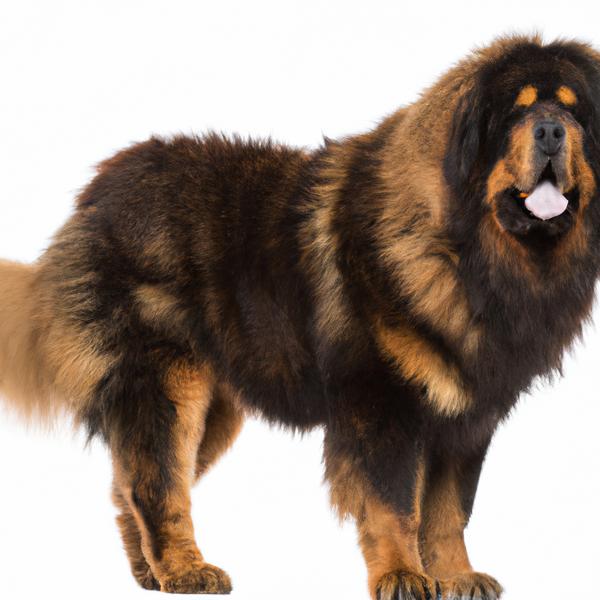
Tibetan Mastiff
Norwegian Lundehund vs Tibetan Mastiff
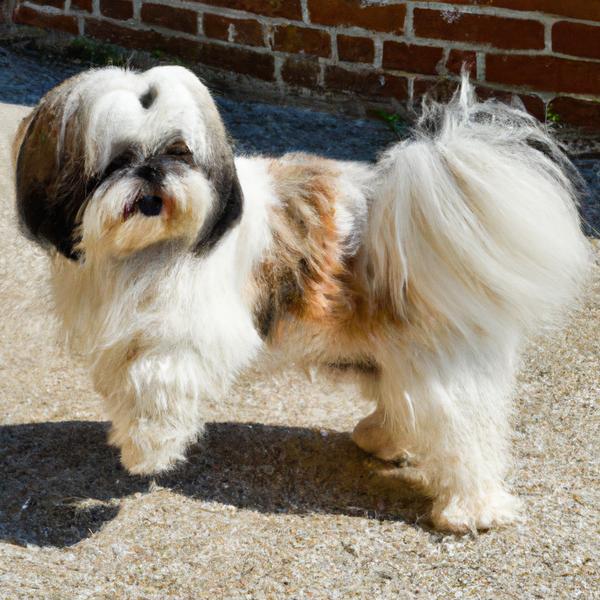
Italian Tzu
Norwegian Lundehund vs Italian Tzu
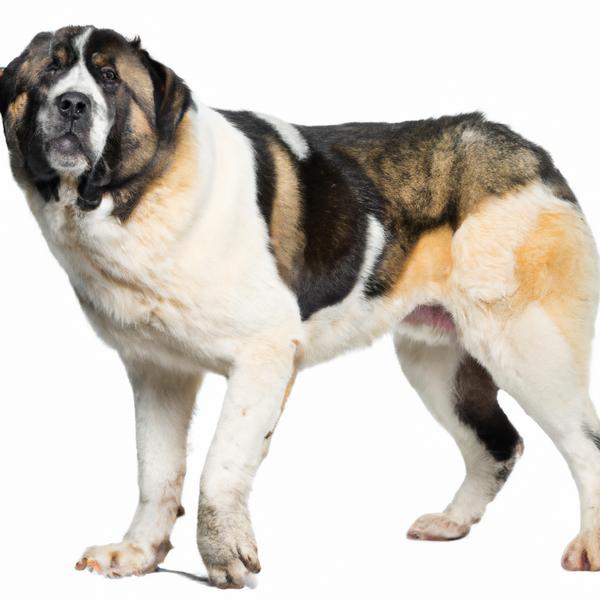
Ba-Shar
Norwegian Lundehund vs Ba-Shar

Springer Spaniel Sheepdog
Norwegian Lundehund vs Springer Spaniel Sheepdog
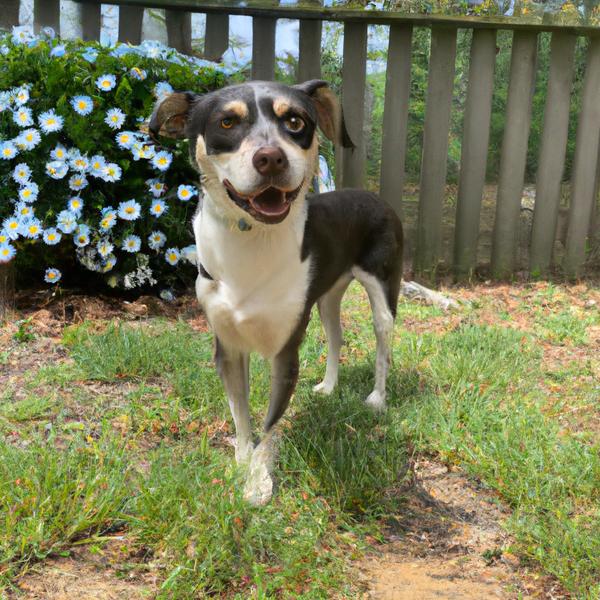
Daisy Dog
Norwegian Lundehund vs Daisy Dog
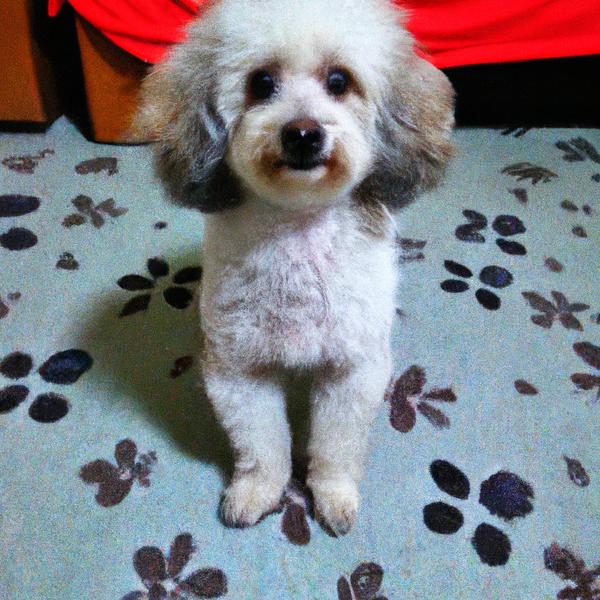
Papichon
Norwegian Lundehund vs Papichon
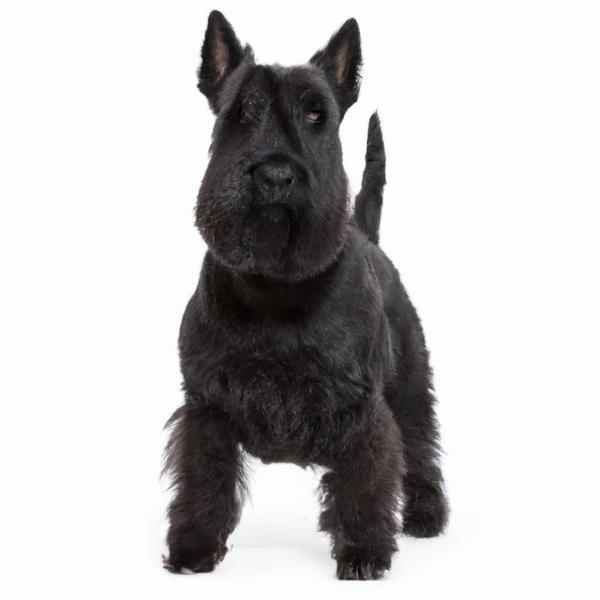
Scottese
Norwegian Lundehund vs Scottese
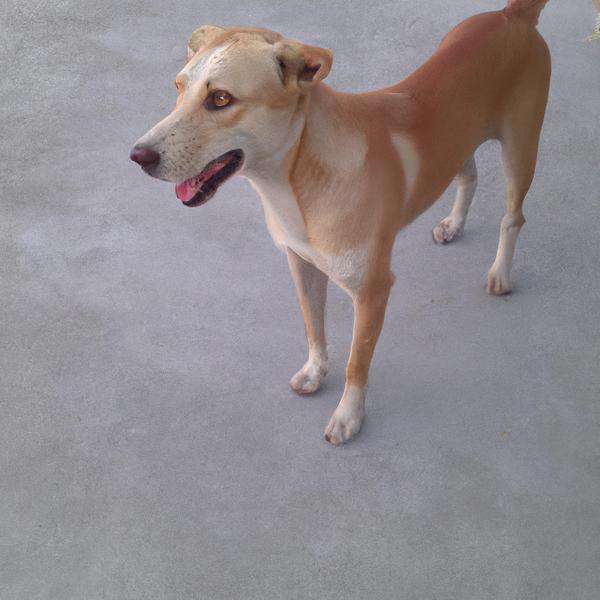
Shollie
Norwegian Lundehund vs Shollie
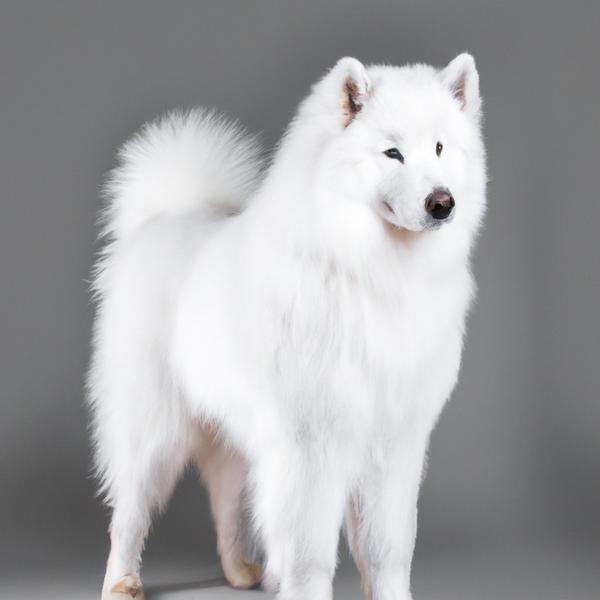
Eskifon
Norwegian Lundehund vs Eskifon
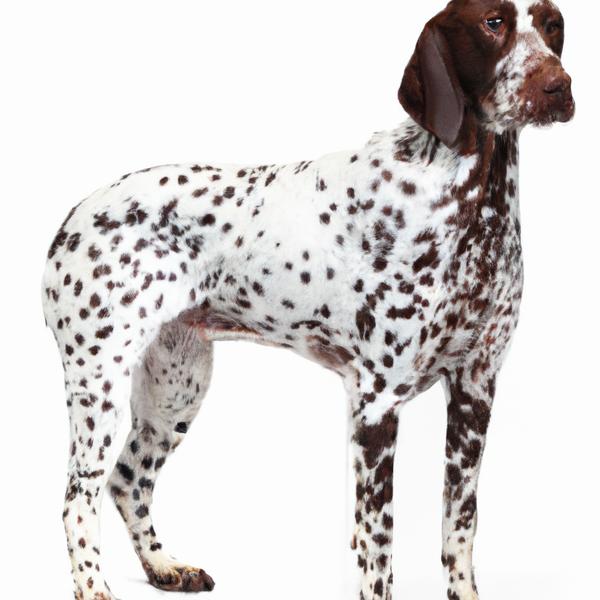
Pointollie
Norwegian Lundehund vs Pointollie
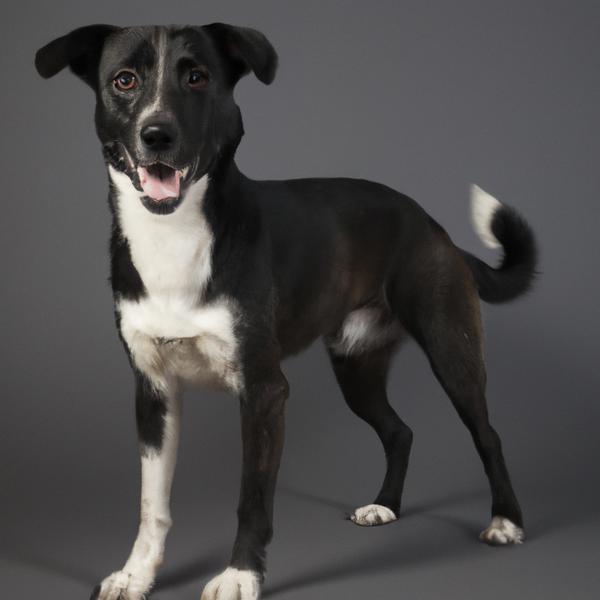
Labrasenji
Norwegian Lundehund vs Labrasenji
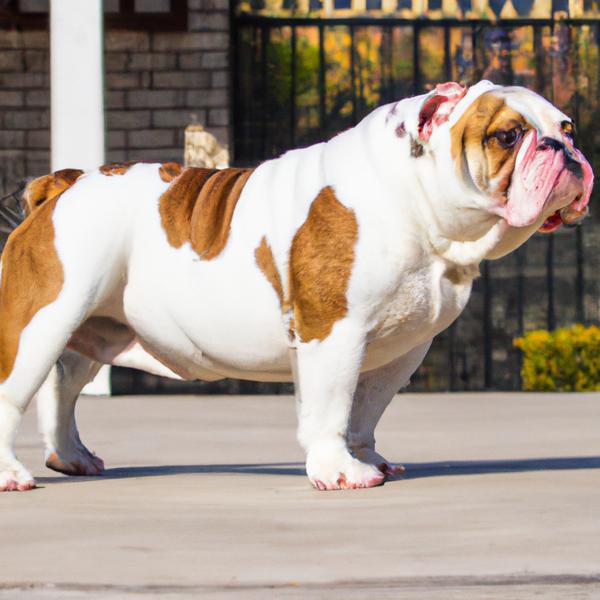
English Neo Bull
Norwegian Lundehund vs English Neo Bull
